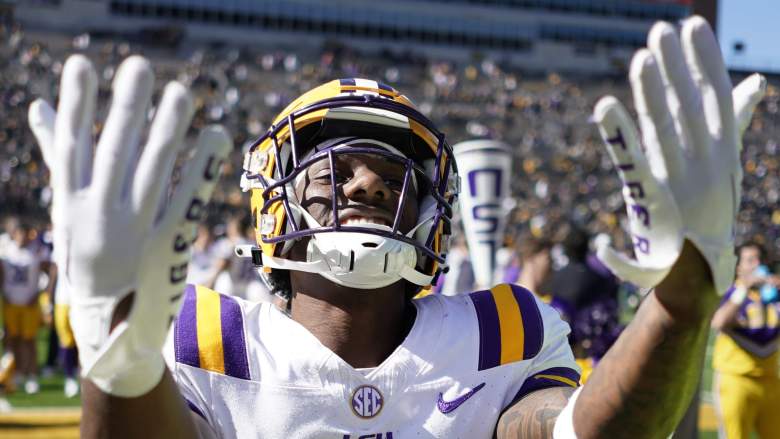
Selecting a wide receiver with the sixth overall pick in the upcoming NFL Draft is among the popular moves suggested by those who follow the Giants. If that is the route New York chooses to take, analytics could provide the answer to whom the team should select.
With three blue-chip prospects worthy of being selected, deciding between Ohio State’s Marvin Harrison Jr., LSU’s Malik Nabers, and Washington’s Rome Adunze will be difficult. This is where analytics can help.
According to a study done by Pro Football Focus (PFF), the 49ers (84.3%), Lions (85.0%), Ravens (85.7%), and Super Bowl champion Kansas City Chiefs (88.7%), all ranked in the top eight of all teams with the highest percentage of pass attempts into open windows.
Since 2020, quarterbacks throughout the league have had a 77.9% completion percentage when targeting an open receiver. Their completion percentages plummet to 24.5% when the ball is thrown into a tight window.
Out of the 15 route concepts PFF studied, one of the lowest percentage combinations involved seam routes. San Francisco ranked the highest with a 41.4% open rate when the league average sat at 29.7%.
Coming in dead last under that metric was the New York Giants with a 13.5% open rate. That was the lowest-performing combination in 2023.
Whether in man (42.4%) or zone (26.9%) coverage, the ability for wideouts to gain separation correlates well with higher passing efficiency numbers.
So what Constitutes an open receiver?
Schemes and systems vary throughout the NFL but an “open” receiver is categorized as a player who is beyond the coverage defender’s arm length, and/or a step of separation exists. Extra points are awarded for accomplishing this feat against a primary defender.
Receivers generated a negative grade if they did not create any separation.
Additionally, play designs like jet sweeps and screens which are predominantly run behind the line of scrimmage were also removed for this study. That means the grades are mostly based on traditional passing route concepts.
How Well do the Giants Receivers Separate?
Using the NFL’s Next Gen Stats, Giants wideout Wan’Dale Moore ranked sixth in the league averaging four yards of separation while also ranking in the top 15 with an average of seven cushion yards given up by defenders.
After that, you have to go all the way down to number 66 before you find another Giants receiver in Darius Slayton, who shows up out of the 115 qualifying pass catchers with a minimum of 45 targets.
Tight end Darren Waller came in at number 55 on this list averaging 2.9 yards of separation yet the PFF study only captured wide receiver data. It shouldn’t be a surprise that these three led the team in most major statistical categories for the team.
A Comparison of the NFL Draft Wideouts
Ohis States’ Marvin Harrison Jr. may have been the consensus number one receiver coming out of this draft but LSU’s Malik Nabers has eaten up the stagger. Right on his hip pocket is Washington’s Rome Adunze.
With the scouting combine just about ready to begin, the big three in the wideout room will undergo a litany of tests that could be used to jockey for better positioning. Paying attention to metrics other than receptions and touchdowns opens up different possibilities.
Comparing individual statistics loses some context as the level of opponents can vary throughout college football. Diving into analytical data gives you more information to make an educated decision. The next few weeks will go a long way into deciphering which receiver if that is indeed the thought process, is best for what New York wants to accomplish.
Before making a decision based on the “eye test,” analytics can provide a baseline to support or negate a popular conclusion.
Comments
Analytics, Wide Receivers, and the Sixth Pick